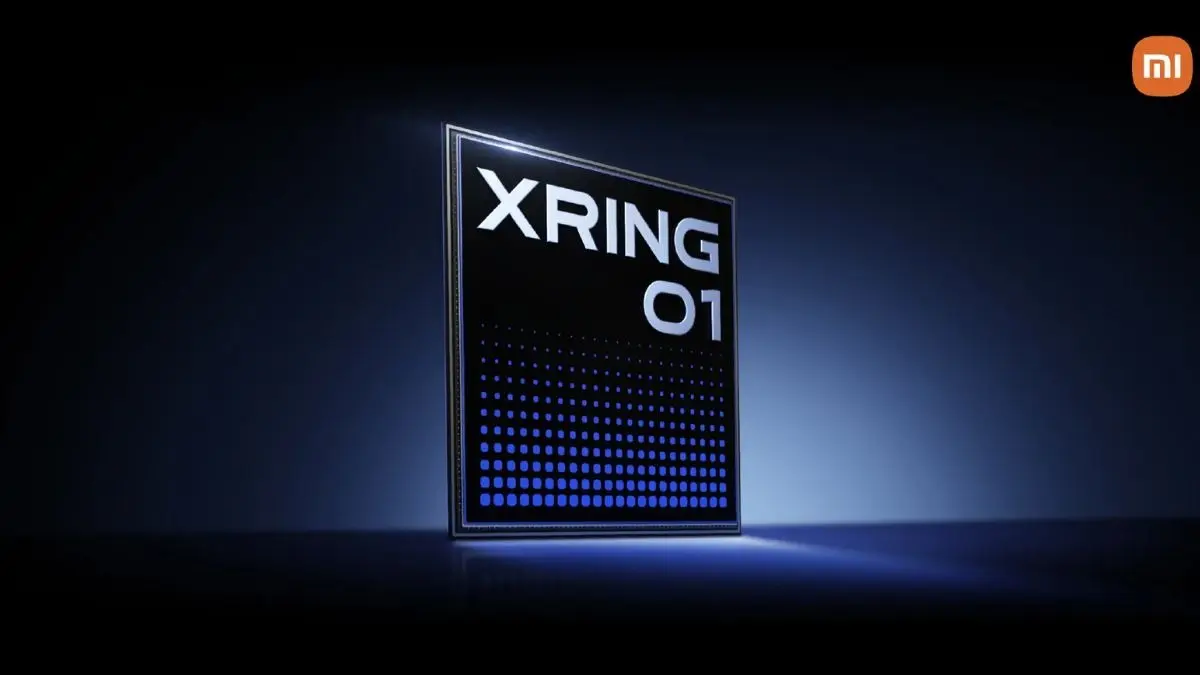Updated 19 May 2025 at 17:51 IST
After First Phone Chip Faltered, Xiaomi Plans Second In-House Processor
Xiaomi will introduce its mobile chip at an event on May 22, co-founder Lei Jun said.
- Tech News
- 3 min read

Xiaomi is set to launch its new smartphone chip, Xring O1, for its upcoming flagship phone lineup. Expected to be based on the second-generation 3-nanometre technology, the new Xring mobile chip is part of the Chinese company’s plan to invest at least CN¥ 50 billion, roughly ₹59,220 crore, into mobile chip development in the next 10 years — a move that shows Xiaomi’s renewed efforts after its first mobile chip failed after grand launch in 2017.
“Chips are a peak we need to climb and a hard battle we cannot escape if we want to become a great hard tech company,” said Xiaomi co-founder Lei Jun in a post on Weibo — a Chinese alternative to X (formerly Twitter). Xiaomi will introduce its mobile chip at an event on May 22, he added.
Xiaomi’s Xring chip is expected to take on top-end Qualcomm Snapdragon, Apple’s A-series, Google’s Tensor, and even Samsung’s Exynos. Although the company currently relies on processors from Qualcomm and MediaTek, it has spent several years chalking out a future-proof strategy to produce its chips — a page from Apple’s playbook, where the company initially relied on Samsung for iPhone chips and Intel for processors for the Mac lineup.
Not just Apple, the world’s biggest smartphone companies have recently poured hundreds of thousands of dollars into creating a self-sustaining ecosystem, ranging from hardware production to software development. That sentiment magnified with the escalating tensions between the US and China.
Advertisement
Case in point: Huawei faced sanctions on chip and software imports from the US, forcing local development. While Huawei managed to steer its business with no help from American tech companies, including producing in-house chips, there are some challenges it has yet to overcome. With Xring, Xiaomi appears to be in a better position as it faces fewer restrictions. Still, its plan to build chips is part of the company’s bid to avoid a similar situation.
Xring could also allay Xiaomi’s fears it developed after its first in-house Surge S1 chip struggled to take off. The entry-level Surge S1 chip was meant for the company’s low-end phones, developed by a standalone unit in close partnership with TSMC. It debuted on the Mi 5c but never expanded to other phones, owing to unexpected issues that the company struggled to resolve before it gave up on the chip division. On the other hand, Xring will be a high-end chip, so the demand for the phones powered by it will likely be low, allowing the company to fulfil the demand while navigating any potential challenges.
Advertisement
Read more: OnePlus 13s India Launch Date Announced
Published By : Shubham Verma
Published On: 19 May 2025 at 17:51 IST
